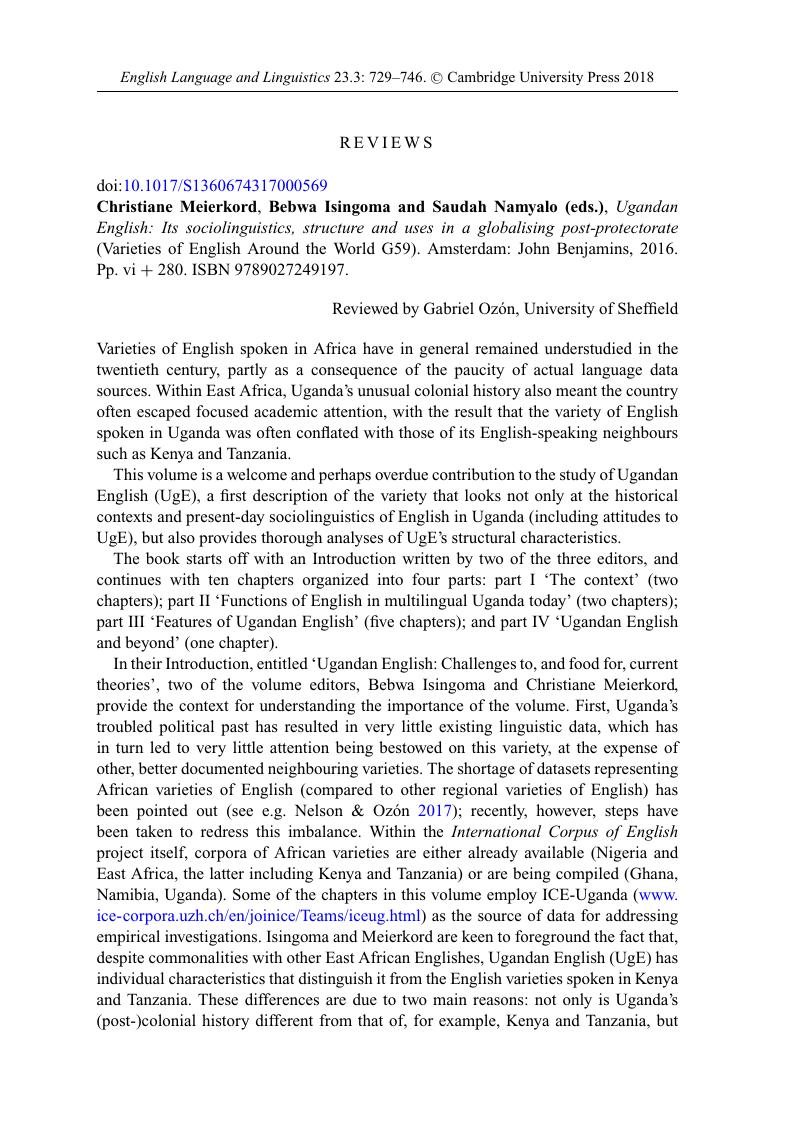Michaelis, Susanne.
2014. Loan valency patterns in creoles: Evidence from the Atlas of Pidgin and Creole Language Structures (APiCS). Presented at the 47th Annual Meeting of the Societas Linguistica Europaea, Adam Mickiewicz University, Poznań, Poland.
Google Scholar 